Ponte Sant’Angelo, once the Aelian Bridge or Pons Aelius, meaning the Bridge of Hadrian, is a bridge in Rome, Italy, completed in 134 AD by Roman Emperor Hadrian, to span the Tiber, from the city center to his newly constructed mausoleum. In the seventh century, both the castle and the bridge took on the name Sant’Angelo, explained by a legend that an angel appeared on the roof of the castle to announce the end of the plague.
In 1668, Italian sculptor Gian Lorenzo Bernini, proposed to decorate the bridge with angel statues, called for ten angels holding instruments of the Passion. The Passion of Christ was the last events of Christ’s life on earth, from when Christ entered Jerusalem to his burial are all collectively called the Passion. The Angels on the Ponte Sant’Angelo are arranged in a way that the instruments they carry and the inscription carved into the bases symbolically tell the story of the Passion of Christ in chronological order in a zig zag pattern across the bridge.
That was one of Bernini’s last large projects. He drew each angel, but, personally only finished the two originals – the Angel with the Superscription “I.N.R.I.” and Angel with the Crown of Thorns. They are now in the church of Sant’Andrea delle Fratte, Rome. He recruited eight brilliant artists to accompany him to complete the project.
List of Angels
- Angel with the Column (Throne), by Antonio Raggi
- Angel with the Whips (Scourage), by Lazzaro Morelli
- Angel with the Crown of Thorns, by Bernini, copy on the bridge by Paolo Naldini
- Angel with the Sudarium (Veronica’s Veil), by Cosimo Fancelli
- Angel with the Garment and Dicee, by Paolo Naldini
- Angel with the Nail, by Girolamo Lucenti
- Angel with the Cross, by Ercole Ferrata
- Angel with the Superscription, by Bernini, copy on the bridge by Giulio Cartari
- Angel with the Sponge (Vinegar), by Antonio Giorgetti
- Angel with the Lance (Spear), by Domenico Guidi
Click on image to view full size.
gmeanm3r
Each angel on the Bridge of Angels in Rome holds a symbol of Christ’s suffering and death. Here are the translations of the Latin inscriptions and an explanation of their religious significance.
Angel with the Column
Inscription: “Tronus meus in columna”
Translation: My throne is upon a column (Sirach 24:4)
Significance: According to tradition, Roman prisoners were whipped while bound to a low pillar or column. The book of Sirach is found in Catholic Bibles, but considered apocryphal by certain Christian denominations.
Angel with the Scourge
Inscription: “In flagella paratus sum”
Translation: I am ready for the scourge (Psalm 37:18, Latin Vulgate version) Significance: According to Mark 15:15, the Roman governor Pontius Pilate had Jesus scourged before having him crucified.
Angel with the Crown of Thorns
Inscription: “In aerumna mea dum configitur spina”
Translation: The thorn is fastened upon me (Psalm 31:4, Latin Vulgate)
Significance: According to Mark 15:17, Roman soldiers crowned Jesus with thorns before they crucified him.
Angel with Veronica’s Veil
Inscription: “Respice faciem Christi tui”
Translation: Look upon the face of your Christ (Psalm 84:9)
Significance: According to Roman Catholic tradition, a woman named Veronica wiped Jesus’ face with a cloth while he was carrying the cross; Jesus’ image remained on the cloth.
Angel with the Garment and Dice
Inscription: “Super vestimentum meum miserunt sortem”
Translation: For my clothing they cast lots (Psalm 22:18)
Significance: According to Mark 15:24, Roman soldiers took Jesus’ well-made garments and played dice for them.
Angel with the Cross
Inscription: “Cuius principatus super humerum eius”
Translation: Dominion rests on his shoulders (Isaiah 9:6)
Significance: This scripture verse links the “Wonder-Counselor, God-Hero” of Isaiah’s prophecies to Jesus. Earlier in the same Isaiah passage, the prophet announces that “a child is born to us, a son is given us.” The cross resting on Jesus’ shoulders is symbolically linked to his dominion.
Angel with the Nails
Inscription: “Aspicient ad me quem confixerunt”
Translation: They will look upon me whom they have pierced (Zechariah 12:10)
Significance: According to Thomas’ words in John 20:25, Jesus was nailed to the cross. The crucifixion narrative in John’s gospel (John 19:37) quotes this Zechariah verse. Zechariah chapter 12 prophesies Jerusalem’s victory and vindication, accompanied by mourning for those who suffered for her sake.
Angel with the Superscription “INRI”
Inscription: “Regnavit a ligno deus”
Translation: God has reigned from the tree (sixth-century hymn)
Significance: The lyrics to this ancient hymn about the cross describe the “blest Tree, whose happy branches bore/ the wealth that did the world restore.” The inscription INRI is an abbreviation of the Latin phrase “Jesus the Nazarene, King of the Jews.” According to the gospels, the INRI sign was affixed to Jesus’ cross.
Angel with the Wine-Soaked Sponge
Inscription: “Potaverunt me aceto”
Translation: They gave me vinegar to drink (Psalm 69:21)
Significance: The gospels of Matthew and Mark report that just before Jesus died, one of the soldiers who crucified him placed a sponge dipped in “sour wine” on a stick and held the stick to Jesus’ lips.
Angel with the Spear
Inscription: “Vulnerasti cor meum”
Translation: You have ravished my heart (Song of Solomon 4:9)
Significance: According to John’s gospel, after Jesus died, one of the soldiers pierced his side with a spear to confirm that he was dead. Christian tradition has tied this action to the “ravishing” or “wounding” of the heart of the beloved in the Song of Solomon. This tradition emphasizes that Jesus underwent death by crucifixion as an act of love for humankind.
Ref : beliefnet.com





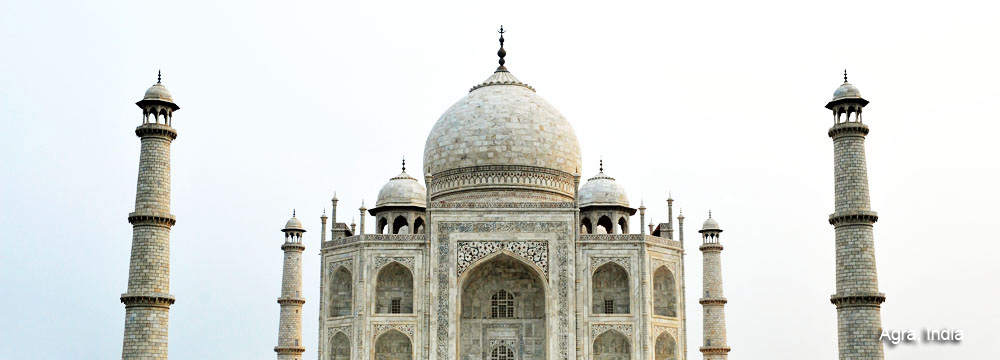

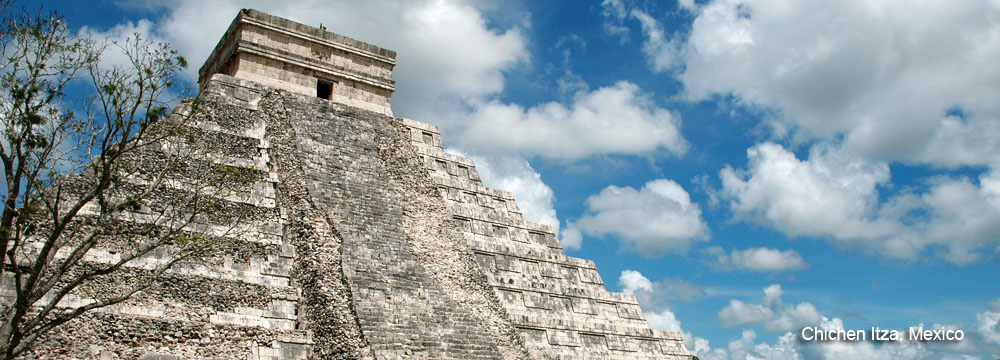
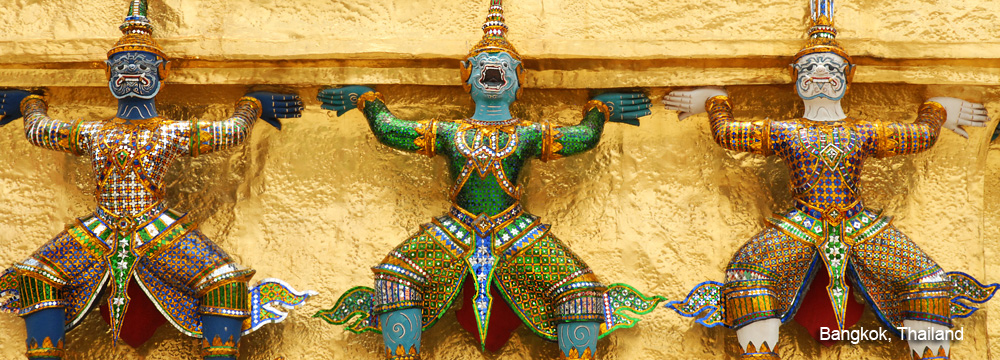

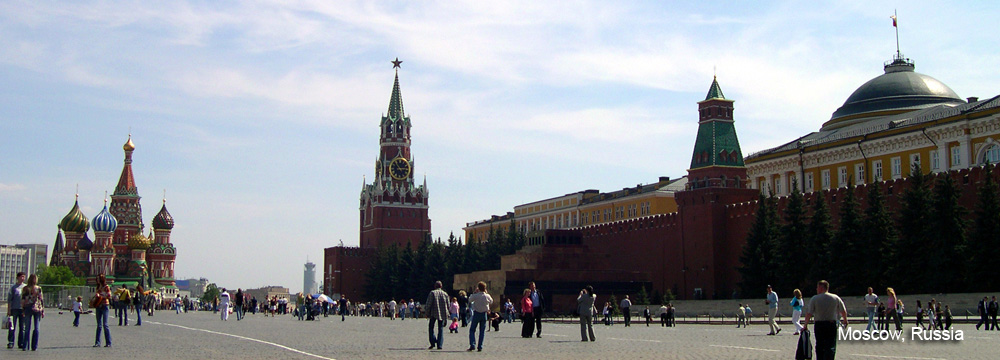
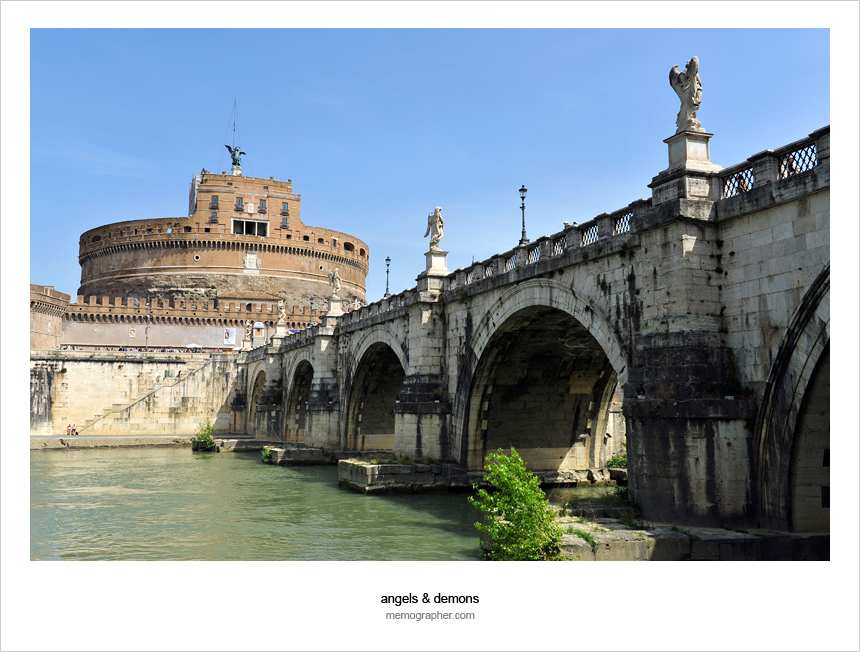
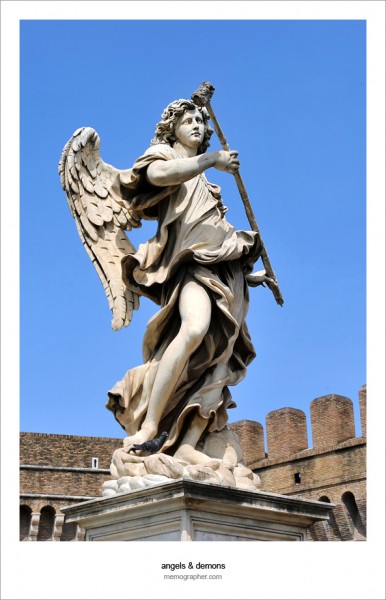
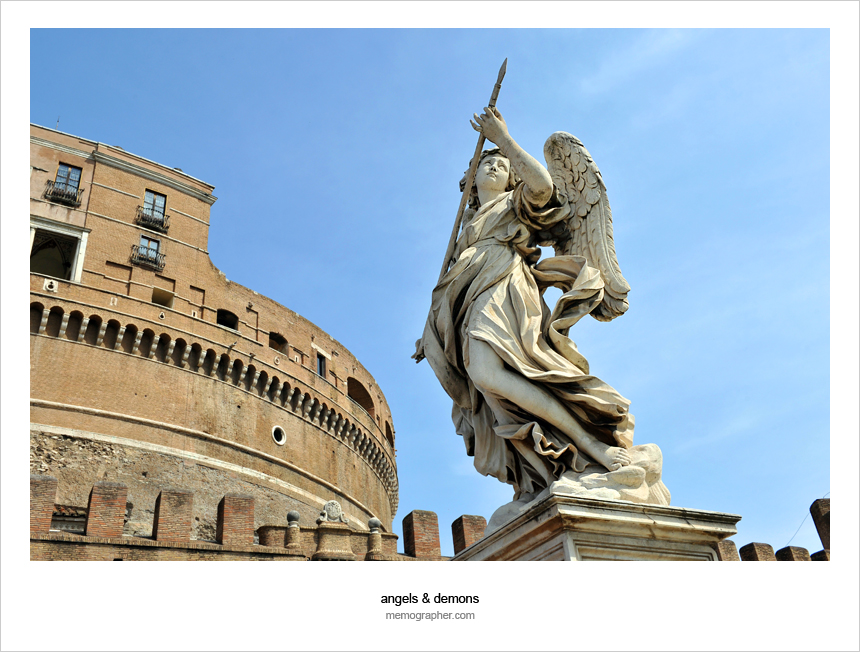
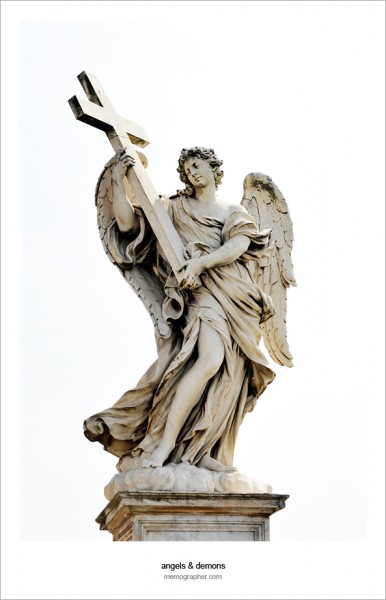
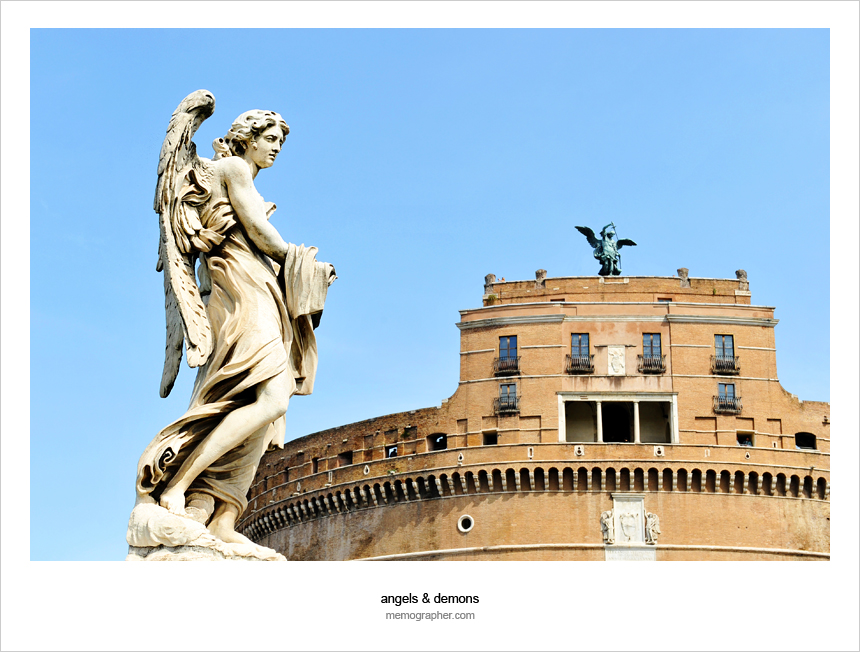
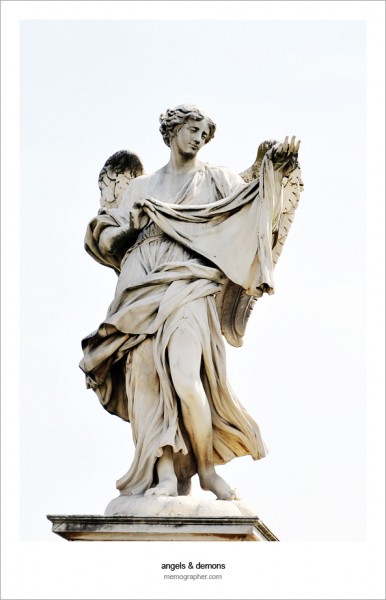
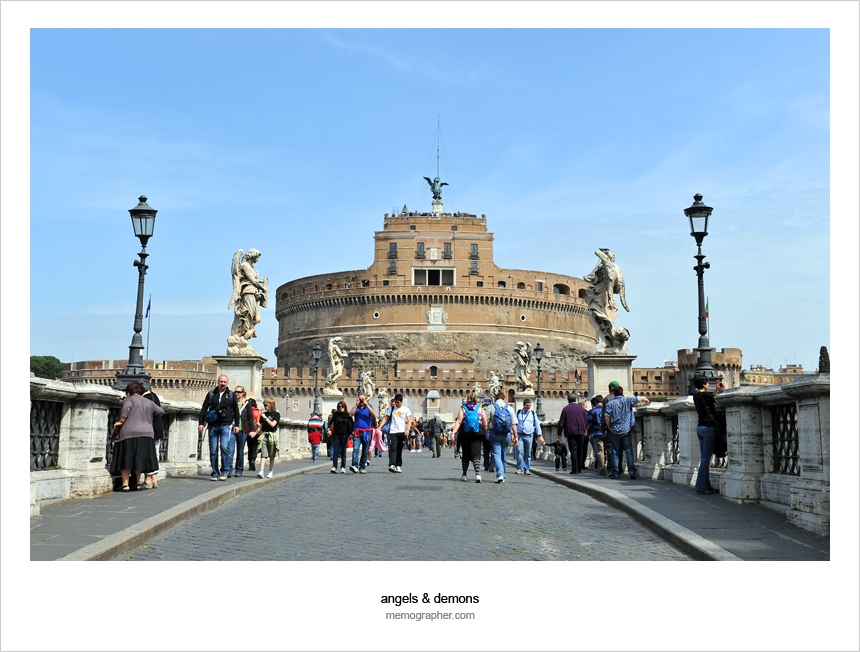
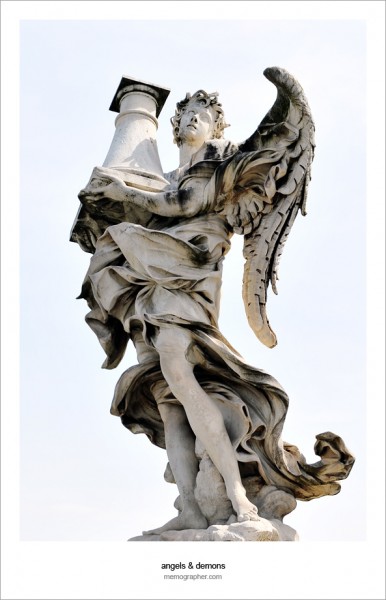
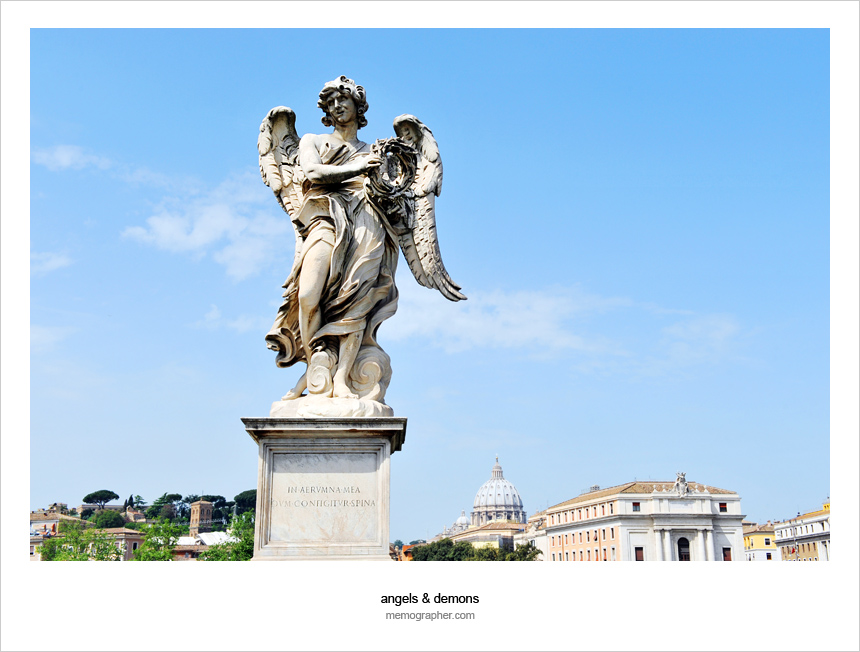
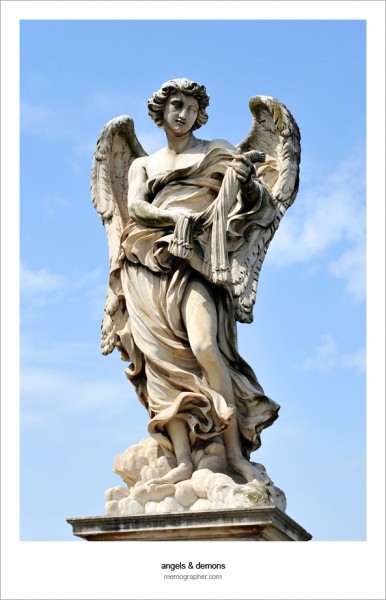
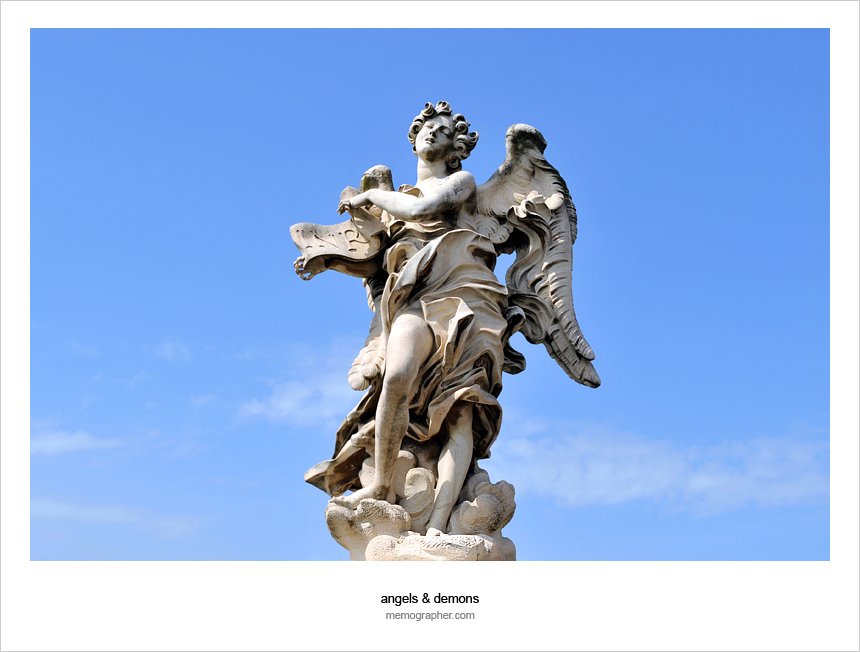
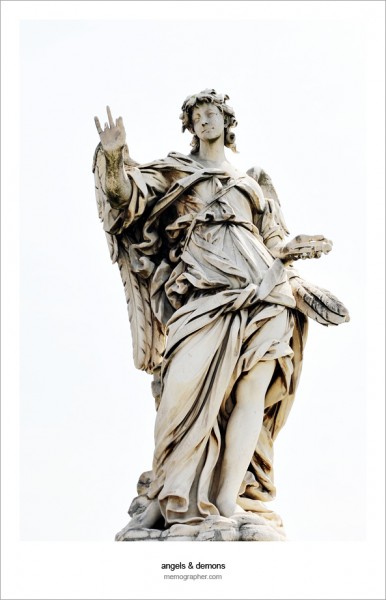
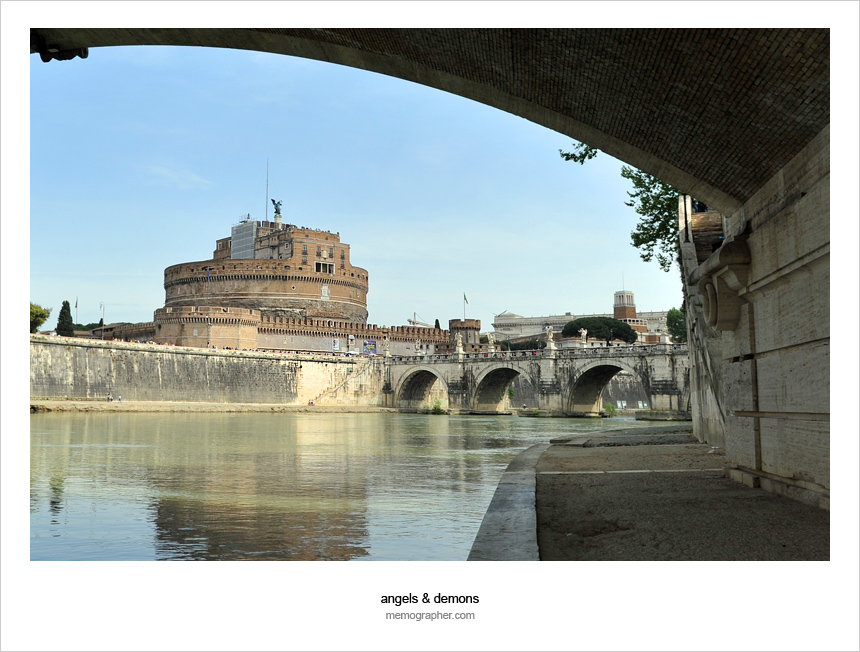



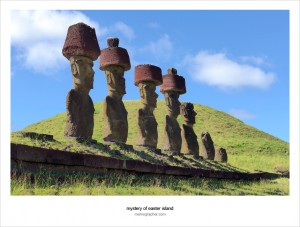


















You just don’t find them like that anymore – Wow Memo!
Maria recently posted..Haiku – Gone Fishing
Thanks, Maria. Can’t agree more- Time is the best killer.
Memographer recently posted..Once a Beauty, Now a Beast. A Photo Story from Vintage Cars Graveyard
A beautiful series, Alex. I would love to see these in person.
Andrew recently posted..Santiago, Chile, today: Bus stop
Thanks, Andrew! The Rome is full of Treasures like these. Definitely, you should see them in person.
Memographer recently posted..Once a Beauty, Now a Beast. A Photo Story from Vintage Cars Graveyard
When I visited Rome I had no idea that this bridge had so much significance and meaning. We only 2 days in the city, but next time I’ll have to give this bridge more time. Great post, very informative!
Katie recently posted..Indonesian Food – yes, please!
Glad you found this post informative, Katie! Thanks for stopping by.
Memographer recently posted..Savannah – The First State Capital of Georgia
So many angels, wow! I saw Ponte Sant Angelo many times but I’ve never noticed that there were so many angels, great photos.
Franca recently posted..Weekend Photo Theme – Housesitting With Pets
Thanks, Franca! Yes, there are ten Angels holding instruments of the Passion of Christ.
Memographer recently posted..On My Shelves. My Travel Bring-Back Collection. Season 7
What a gorgeous angelic collection!;-) I love how they are all holding something and representing something different!
Jess @UsedYorkCity recently posted..5 Places To Get Pampered On The Cheap
Hi Alex, I was back in Rome few weeks ago. I went to the bridge and, of course, couldn’t help admiring those angel statues. You photos brought them to life. One thing I didn’t know though was their significance. Didn’t realize that it was about the Passion of Christ. Thank you for the comprehensive translations. I have even more appreciation for the statues now I know what they symbolize
Marisol@TravelingSolemates recently posted..South Africa: Boat Safari in St. Lucia Estuary
So beautiful, got to love Rome! :-)
Becky Padmore recently posted..Nord-Pas-de-Calais, France: a remembrance trip